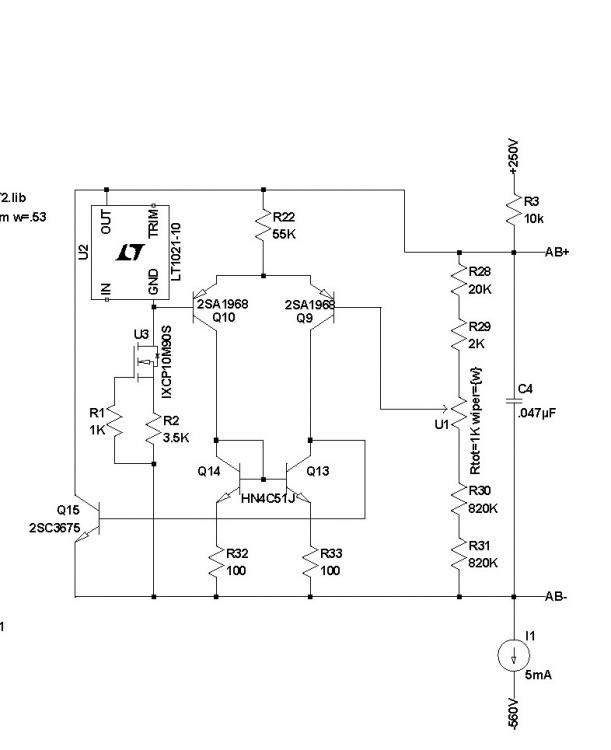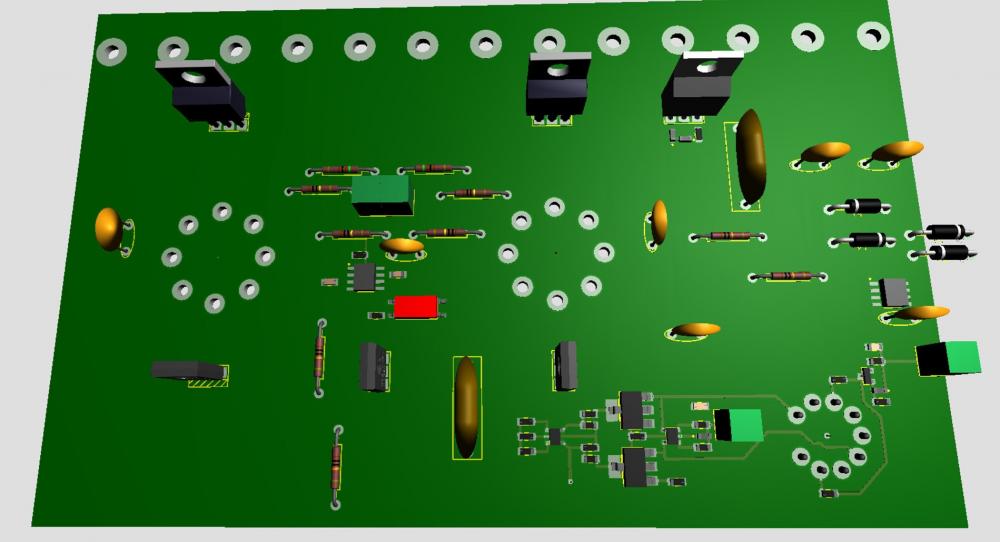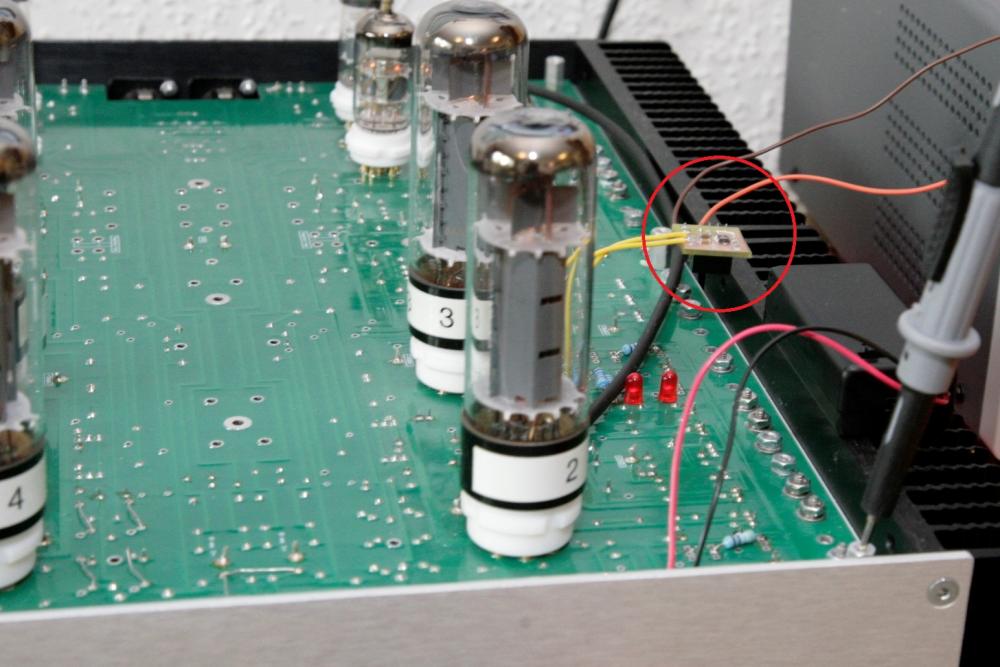-
Posts
1,531 -
Joined
-
Last visited
-
Days Won
16
Content Type
Profiles
Forums
Events
Everything posted by JoaMat
-
It seems that G3 is tied to the plate on kgsshvtubesandwich while G3 is tied to the cathode on BH and GG. Any particular reason?
-
Agree, very impressive. Can't be done much smaller.
-
It has been a rainy day so I modified the batteries on one channel. Replaced the four 2sa1486 with two 2sa1968. Battery voltage, offset and balance just fine but sonically I got unpleasant hum. Now everything is back with a1486. Why change something that works well?
-
Thanks a lot. Good to know I can save my small stock of 2sa1968 for more important missions.
-
I've rebuilt a couple of batteries on original DIY T2 boards with LT1021 - works. Have looked for schematic without success but it is somewhere on my computer… Anyhow, how do you like this one: LT1021 current set to 1.2 mA. Hard to find 2SA1968 and easy to find smd HN4C51. Fewer components then the original battery. Better? probably not.
-
Thank you , Kerry. Added capacitance in feedback.. With 15pF the sine wave is replaced with something erratic - amplitude 100 to 200 mV. What is that compensation cap?
-
Thanks for the advice. It's one of the "original" DIY T2. Modified with something like Kevin's offset opto servo, DC/DC converter current sources and sj79 and sk216 replaced with BJT. After reading about s_r trouble with his T2 I checked my own with the scope and then I found the 750 kHz, 5 V amplitude sine wave. Despite the 750 kHz wave I'm very happy with how it sounds so I'm not in an hurry to try get rid of the oscillation…. Kind of work that can be very time consuming and boring. I've built three T2s with the "corrected" boards. Just put the right components it the right position, I don't elevate except power resistors. Power on, trim batteries to 740 volts and done. I don't think there is a board issue. All right, I've had problems but most of them have been builder induced.
-
I would suggest 5.1 ohm. Then you are good for approximately 120 mA, I think, which should be enough.
-
I just checked my T2 with an oscilloscope at outputs. 750 kHz, amplitude 5 V, nice sine wave. The amplifier is modified - offset servo and output current sources. I've no idea how to kill that oscillation. But that amplifier is the one I like best….
-
The solder resist - what stuff are you? From picture it seems like everything including solder pads are covered? Do you have to remove… before solder on component side?
-
The oscillation you have - is it only on one channel or both?
-

Megatron Electrostatic Headphone Amplifier
JoaMat replied to kevin gilmore's topic in Do It Yourself
I’m not sure that 3A per winding is optimal. You might end up with a voltage higher than 6.3 V if load is just one and a half ampere, but my knowledge on this subject is poor. Perhaps someone with better knowledge can tell? -

Megatron Electrostatic Headphone Amplifier
JoaMat replied to kevin gilmore's topic in Do It Yourself
Antek transformer is a good alternative but you might consider a custom made transformer. If you live in Europe – Toroidy is IMO a good alternative. -
Great, a new version of offset servo. I can’t remember how many versions we have seen so far, but as I remember one of the first was found in Kerry’s KGST (and Stax T2 of course).
-
-
You might try the diode test method described by Kerry in this post. If lucky you get a hint which component that is the faulty one.
-
Nice Kerry and Kevin! How about Grounded Grid with tube input, c4686 CCS....?? Lots of opportunities – hoping for a rainy summer.
-
No, I haven’t. I guess it’s some sort of EMI. One question is how to stop it and another is how it effects the quality of the amplifier. Now I’m most interested in if the DC/DC converter can be used at all. One T2 is modified with DC/DC converters and it seems to work alright. The idea with DC/DC converter is IMO absolutely worth being tested.
-
I want the output current source to be c4686 with DC/DC converter.
-
The ultimate DIY? Absolutely magnificent! Nascent Audio. Sounds promising.
-
Just had to try the DC/DC converter. Converter in red circle. According to the datasheet the converter is rated at 1400VAC 60 Hz for one minute. So one of four current sources has the converter. Seems to work. Regarding spikes mentioned earlier I’ve done some "googling" and I believe the issue can be solved.
-
It’s spikes from the DC/DC converter. The way I built this the spikes are passing through the LT3045 more or less unaffected. I lack understanding of and knowledge how to filter the spikes and also how to design the board so it will work properly. Any help is appreciated. I find the idea with isolated DC/DC converter interesting.
-
Seems Birgir is right about noise. I tested it with a scope. As expected the output from the converter is ugly. It’s better after the LT3045 but there is too much noise passing through.
-
The output from DC/DC converter is pretty ugly. How much of this that will be stopped by LT3045 is to be seen. LT3045 datasheet looks rather nice though. P.S. Should have ordered LT3042 instead.






